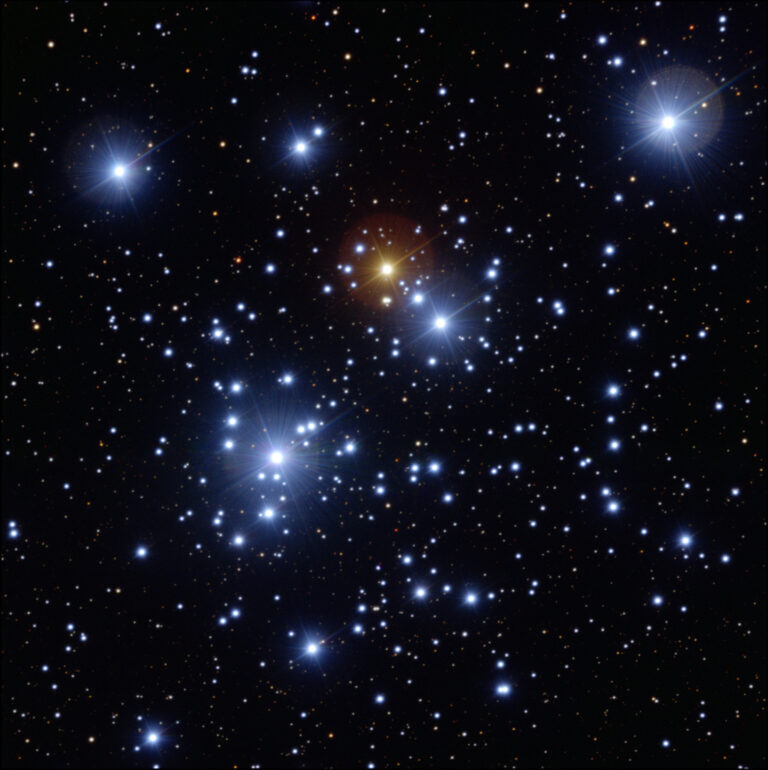Key Takeaways:
- Massive stars burn brighter and die faster than smaller stars.
- Small, M dwarf stars live far longer than our Sun due to efficient fuel use.
- M dwarfs use nearly all their hydrogen fuel, extending their lifespan.
- M dwarfs are expected to be the last stars actively fusing hydrogen in the universe.
Like gas-guzzling SUVs, more massive stars may contain more hydrogen fuel, but they use it up much faster
because they are more luminous (a star’s luminosity is equal to the rate of fusion energy production).
As a result, the lifetimes of more massive stars are shorter. While astronomers expect our Sun to have a full hydrogen-fusing lifespan of about 10 billion years, a star 10 times as massive as the Sun lasts only about 30 million years, or 300 times shorter — a cosmic blink of an eye.
So, do M dwarfs, as small as one-tenth the mass of the Sun, last 300 times longer, or 3 trillion years? In fact, they probably live even longer than that. Stars like the Sun only fuse the hydrogen present in their cores — about 10 percent of the total supply — before they evolve into red giant stars.
M dwarfs, which have dense interiors, transfer heat from core to surface through convection, the same process that causes a boiling pot of water to roil. The mixing motion of convection allows nearly all of the hydrogen in an M dwarf to make it through the core and fuse into helium, effectively doubling its lifetime. According to the calculations, the smallest-mass star, about 8 percent the mass of the Sun, could last over 10 trillion years, or 1,000 times longer than the current age of the universe.
Even when they deplete their hydrogen, most M dwarfs still won’t become red giants; instead, they’ll evolve into blue dwarfs. All fusing stars become more luminous over time as the depletion of hydrogen speeds up their nuclear reactions. A star adjusts to this increased power output by either boosting its surface area (becoming a giant) or getting hotter (turning blue). M dwarfs take the latter route, or rather they will — several trillion years from now.
By that time, the Milky Way will have ceased star production, and what remains will be a large population of low-mass blue stars and a menagerie of fading compact objects: brown dwarfs, white dwarfs, and neutron stars. Eventually, even M dwarfs will run out of hydrogen fuel and become helium white dwarfs, slowly cooling with time. The universe will become dark, ex-cept for the rare brilliant supernova driven by a white dwarf-
white dwarf collision. Low-mass M dwarfs are likely to be the last representatives of the universe’s current stellarifous era.
University of California, San Diego










